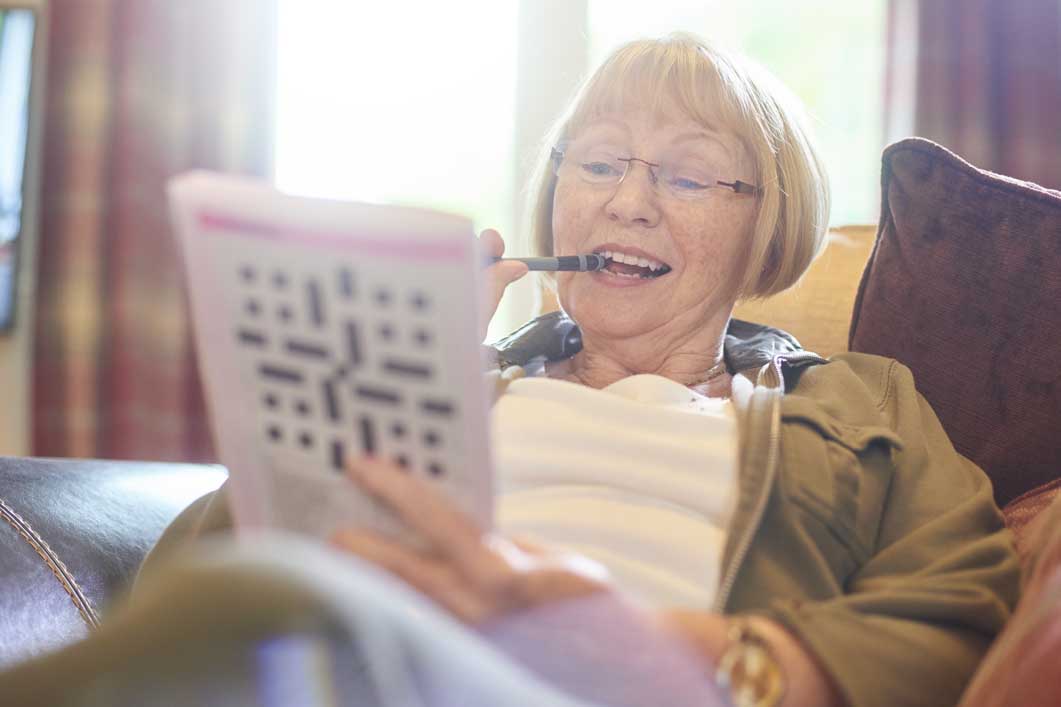The 4 Steps to Applying for a Mortgage
Find out how to apply for a mortgage with YBS.
We’re here to support you
We’ll be there to help you at every stage of your mortgage journey. If you’re happy to complete the forms yourself, you can apply online. Or, if you’d like advice, you can apply over the phone with our friendly mortgage specialists.
We’ve put together this helpful guide to explain each step of the application journey. And if you need more help, you can call our team.
We’ve put together this helpful guide to explain each step of the application journey. And if you need more help, you can call our team.

How to get a mortgage

Get a Decision in Principle (DIP)
Get a Decision in Principle (DIP) to find out how much you could borrow. Choose how to get a DIP below.
You may need a DIP to make an offer on a home.
You may need a DIP to make an offer on a home.

Apply for a mortgage
Complete a full application online or over the phone.
If you're applying for a 5k Deposit Mortgage, you'll need to apply over the phone.
If you're applying for a 5k Deposit Mortgage, you'll need to apply over the phone.

Get your mortgage offer
Once we’ve assessed your application and a valuation has been carried out, we can make you a mortgage offer.
Your offer will be valid for 6 months.

Complete
Once the legal work is complete, you’ll exchange contracts if you’re moving home. Or you’ll move to your new mortgage deal if you’re switching.
1
Get a Decision in Principle
A Decision in Principle (DIP) tells you if we can lend to you and how much you could borrow.
Getting a DIP only takes about ten minutes. You can apply online, or you can apply over the phone with one of our mortgage specialists.
Getting a DIP only takes about ten minutes. You can apply online, or you can apply over the phone with one of our mortgage specialists.

2
Apply for a mortgage
If you’re buying a new property, you’ll need to have your offer accepted before you start your full mortgage application.
If you’re remortgaging, you can begin your full mortgage application as soon as you have your Decision in Principle.
You can complete a full application online for most mortgages. Or, if you’d like help from our mortgage specialists, you can apply over the phone.
If you’re remortgaging, you can begin your full mortgage application as soon as you have your Decision in Principle.
You can complete a full application online for most mortgages. Or, if you’d like help from our mortgage specialists, you can apply over the phone.
3
Get your mortgage offer
Once we have your mortgage application, we’ll arrange for the property to be valued. We’ll also complete a credit check – this will be recorded on your credit file.
You may also need to pay fees or provide us with extra information for your application. To help things go smoothly, reply to us quickly and pay fees on time.
Then we’ll finish processing your application. If you’re successful, we’ll send you a mortgage offer. Your offer will include the loan amount, the terms that we’ve agreed, and an illustration of your expected monthly payments.
You may also need to pay fees or provide us with extra information for your application. To help things go smoothly, reply to us quickly and pay fees on time.
Then we’ll finish processing your application. If you’re successful, we’ll send you a mortgage offer. Your offer will include the loan amount, the terms that we’ve agreed, and an illustration of your expected monthly payments.

4
Complete
Your first mortgage payment
Your first mortgage payment is usually higher than your regular monthly mortgage payment because it includes initial interest. This is the interest charged from the day you complete to the end of that calendar month.
To help you budget for a higher first payment, we’ll send a letter to you three working days after completion confirming the amount you’ll need to pay.
To help you budget for a higher first payment, we’ll send a letter to you three working days after completion confirming the amount you’ll need to pay.
Call us
Chat to our mortgage specialists about your options.
Calls to 03 numbers are charged at the same rate as 01 or 02 numbers from all phones.
Book an appointment
Book an appointment and we'll call you back.